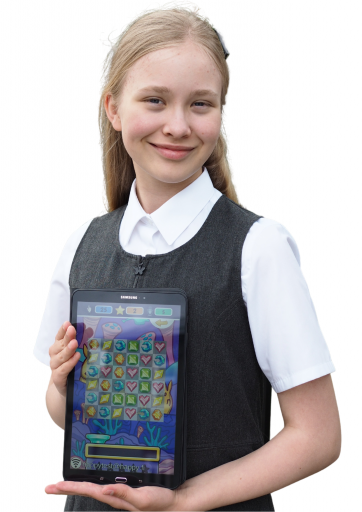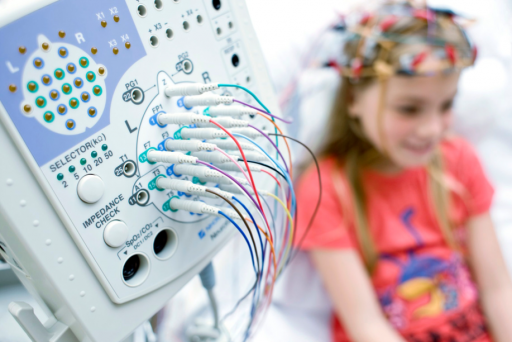
Nordic countries face the challenge of social integration of immigrants to the society. Language learning and especially oral language skills are critical for their integration. Immigrants with poor language skills are at risk of social exclusion, facing difficulties in contacting local people and finding employment. Also immigrant children should learn the language of their environment quickly to adapt to their new environment and to use the language in school and with their peers. The demand for learning Nordic languages as a second language (L2) is high. To speed up learning but to avoid high costs of individual tutoring for the Nordic societies, new techniques of teaching languages suitable for scalable digital applications are needed.
Gamification – our research learning method

Digital applications enable language learning already before immigration. Moreover, digital applications are urgently needed in all learning, as shown by the current coronavirus epidemic outbreak, resulting in closing of schools in many countries. With digital applications, teaching can be provided by means of distance education (i.e., remote learning without physical contact). Such applications are likely to be in increasing demand in the future and many of them may require speech technology that is robust enough for non-native speakers which is currently not available for Nordic languages. While the importance of well-performing speech technology is growing rapidly in all languages, the smart speakers, robots, games and toys are emphasizing the importance of a new user group: the children.
Automatic speech recognition for Nordic languages
We will build game versions for three Nordic languages – Finnish, Swedish and Norwegian. The speech interface of the games will be enabled by automatic speech recognition which is also used to assess children’s utterances and to provide feedback to reinforce learning. This requires advanced speech technology that not only can assess foreign speech but also assess children’s speech. Developing this speech technology is one of the most important aims of Teflon project.
EEG measurements

By using behavioral and neuroscientific methods (electroencephalography, EEG), we also aim to determine whether articulatory gaming intervention has effects on literacy skills and neuroplasticity. In addition to scientific excellence, our interdisciplinary project aims to stimulate novel practices in engineering of speech technology and language education.
Multidisciplinary consortium
The studies on the development of children’s language skills and the technology developed in the project are expected to have notable impact, benefiting individuals, businesses and the Nordic societies. Our interdisciplinary research team has background and experience in engineering, cognitive neuroscience, psycholinguistics, speech-language pathology, and language education.

